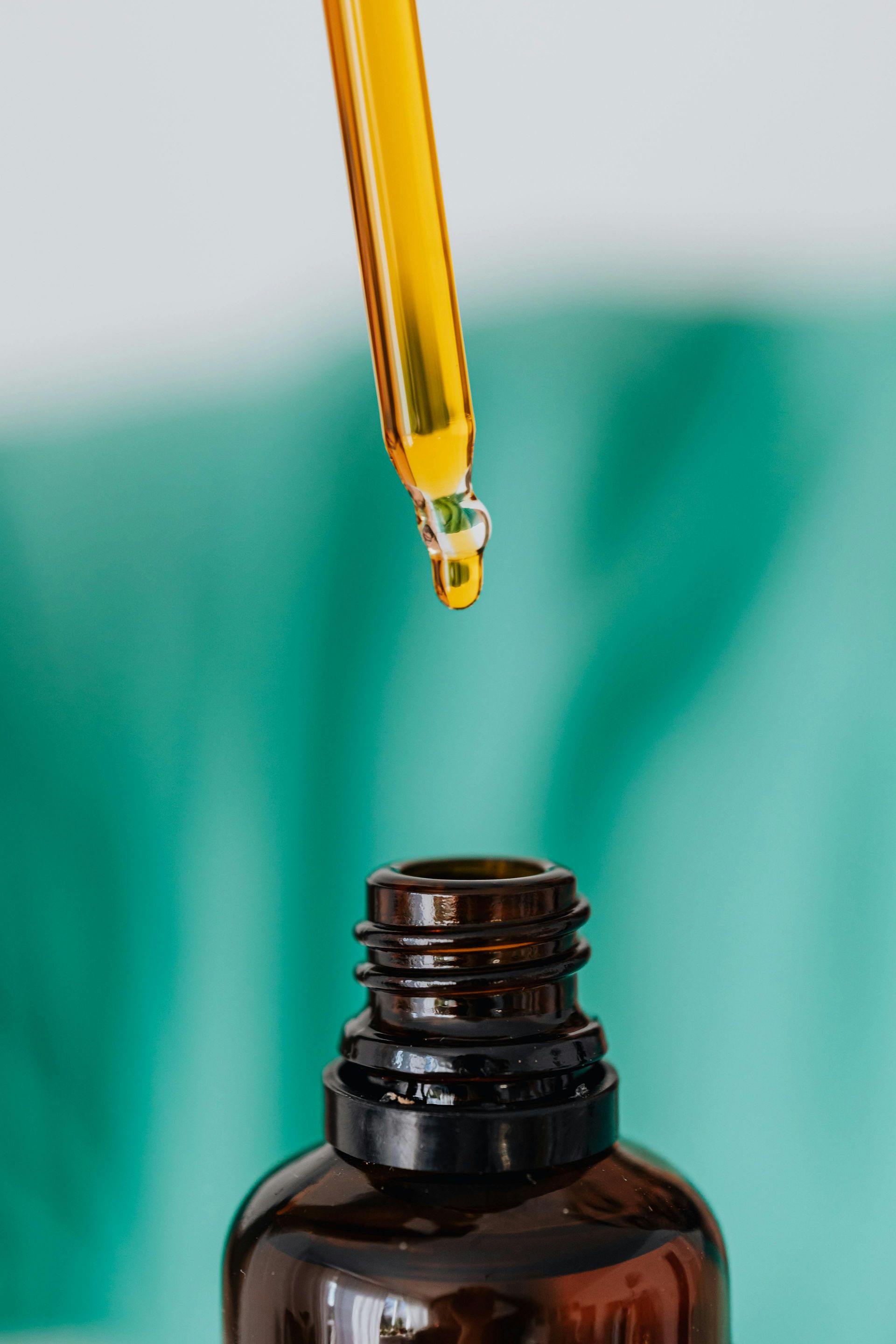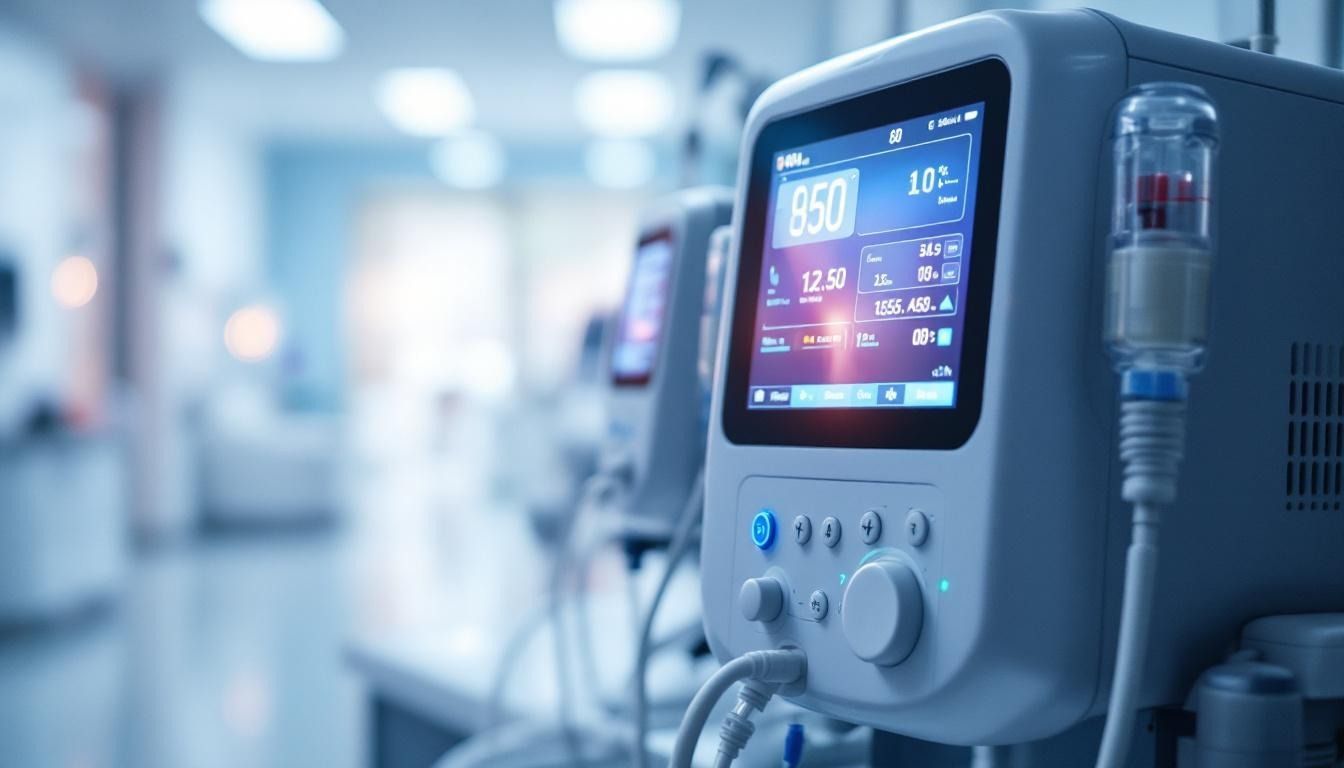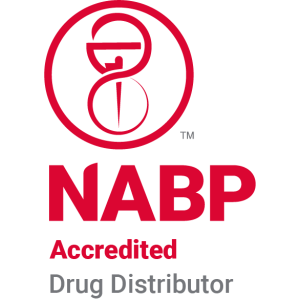Dialysis-compatible infusion pumps
Advancing Dialysis Through Specialized Infusion Pumps
Dialysis therapy necessitates precise, safe, and reliable infusion systems to support patient health outcomes. As technology evolves, a variety of infusion pumps have been developed specifically to meet the rigorous demands of dialysis treatments, incorporating sophisticated features to ensure accuracy, safety, and compatibility with different dialysis procedures.
Technical Features and Specifications of Dialysis Infusion Pumps

What are the key features and specifications of infusion pumps used in dialysis therapy?
Infusion pumps utilized in dialysis therapy are highly specialized gadgets that meticulously deliver fluids necessary for the treatment, such as blood, dialysate, and various medications. These devices are crucial for maintaining precise control over flow rates and ensuring patient safety.
A primary feature of dialysis infusion pumps is their ability to calibrate flow rates accurately, often spanning from as low as 0.1 mL/hr to as high as 3600 mL/hr. This broad range allows for customization based on patient needs, whether in intensive care units, outpatient clinics, or at home.
Safety mechanisms are integral to these pumps. Most models include alarms that activate in case of air presence, occlusion, or other malfunctions. These alerts help prevent adverse events like air embolism or infusion disruptions. Compatibility with fluids is also a pivotal factor; the pumps are designed to handle blood, dialysate, saline, and medications without compromising integrity.
Modern dialysis pumps often incorporate user-friendly interfaces, such as touchscreens or simple control panels. Features like drug libraries and auto-programming assist clinicians in setting and verifying infusion parameters quickly and accurately. Some advanced models support wireless connectivity and are MR-compatible, extending their usability and safety.
Design-wise, these pumps are frequently portable, lightweight, and rugged, facilitating ease of transfer or placement within various healthcare environments. Regulatory standards, including FDA and European Conformity certifications, ensure these devices meet safety and efficacy criteria.
Given the high-risk nature of their application, rigorous testing and compliance with safety standards are mandatory. Regular maintenance, staff training, and adherence to protocols help optimize their performance and safeguard patient health.
| Feature | Specification Range | Additional Details |
|---|---|---|
| Flow Rate Calibration | 0.1 to 3600 mL/hr | Ensures precise delivery tailored to therapy needs |
| Safety Alarms | Air, occlusion, flow interruption | Critical for preventing infusion errors |
| Fluid Compatibility | Blood, saline, dialysate, medications | Designed for safe handling of various infusion fluids |
| Portability | Portable, lightweight, battery-free | Facilitates use in domiciliary and clinical settings |
| Connectivity | Wireless, auto-programming, MR-compatible | Enhances usability and safety with modern tech |
Selecting the right infusion pump entails considering therapy-specific parameters such as flow rate, pressure tolerance, fluid compatibility, and safety features. Ensuring devices meet the required standards helps optimize patient outcomes and safety in dialysis treatment.
Safety Standards, Considerations, and Preventative Measures

What safety standards and considerations are important for dialysis infusion pumps?
Dialysis infusion pumps must adhere to strict safety standards to ensure patient safety and optimal therapy outcomes. These standards include accurate flow regulation, reliable alarm systems for detecting occlusion, air in the line, and blood compatibility issues. Regulatory frameworks like ISO 13485 and FDA guidelines provide a baseline for device safety and performance.
Modern pumps often incorporate smart technology features such as Dose Error-Reduction Systems (DERS) and customizable drug libraries. These features help prevent programming mistakes and medication errors by standardizing infusion protocols and facilitating integration with electronic health records.
User-friendly designs influenced by human factors engineering are vital. These improvements reduce errors related to the interface between healthcare staff and the device, promoting easier operation and maintaining consistency across different models.
Establishing a safety culture involves comprehensive staff training, routine simulation exercises, and clear error reporting protocols. Encouraging open communication about issues and lessons learned helps streamline responses to potential risks.
Infection control measures, such as strict adherence to sterilization procedures and vascular access management, are critical, especially in cases of long-term dialysis.
Protocols for rapid response to equipment failures and adverse events include root cause analysis and continuous monitoring of the safety system’s effectiveness.
Patient engagement and education also play a role. Informing and involving patients can help identify early signs of issues and improve therapy safety.
Lastly, implementing combined organizational efforts—like standardized equipment usage, scheduled maintenance, and staff refresher courses—strengthens overall safety and reliability of infusion therapy.
Types, Models, and Technologies in Dialysis Infusion Devices

What types and models of infusion pumps are suitable for dialysis treatment?
Dialysis treatment requires highly specific infusion devices tailored to ensure safety, accuracy, and efficiency. Several types of pumps are used in clinical practice, each serving different purposes based on the therapy's demands.
Peristaltic pumps are among the most common. They are valued for their ability to precisely control fluid flow while minimizing contamination risks due to their tubing-based mechanism.
Syringe pumps offer high accuracy, making them especially suitable for delivering medications or small-volume infusions in pediatric or critical care settings.
Elastomeric infusion devices, such as the Easypump ST/LT, are portable and reliable. They are ideal for outpatient or home dialysis because they do not require batteries or electronic control, delivering constant medication over extended periods.
Valveless piston pumps are gaining importance for their durability and consistent flow rates, applicable in continuous ambulatory peritoneal dialysis (CAPD). They utilize reciprocating motion without valves, handling various fluids with precision.
The selection of a specific pump depends on factors like the treatment type, required accuracy, portability, and safety. Each model offers unique benefits suited to different clinical scenarios.
What pump technologies, such as valveless piston pumps, are relevant for dialysis?
Valveless piston pumps play a significant role in advancing dialysis technology. They operate through reciprocating mechanisms that produce flow without traditional valves, reducing potential points of failure.
These pumps are highly accurate, capable of delivering consistent flow rates across a broad range of pressures. This precision is crucial for effective dialysis, where precise fluid removal and fluid replacement are essential.
Constructed from inert, durable materials like sapphire, ceramic, and plastics, valveless piston pumps are chemically compatible with dialysis fluids such as saline and dialysate. Their design also facilitates long lifespan and minimal maintenance.
Their ability to manage various pressures and flow rates makes them versatile across different dialysis machine models. They support the development of next-generation devices that demand high reliability.
In summary, these pumps are integral to improving dialysis outcomes, offering reliability, accuracy, and versatility necessary for modern renal therapy.
Comparative Analysis of Pump Options and Operational Needs

How do various infusion pump options compare in their functionalities for dialysis therapy?
Infusion pumps used in dialysis therapy exhibit a broad range of features tailored to different clinical needs. Valveless piston pumps from companies like Fluid Metering and ASPINA stand out due to their high accuracy and consistent flow rates, crucial for waste removal and fluid balance in dialysis patients. These pumps can handle various fluids, including dialysate and water, over a wide pressure spectrum, making them suitable for advanced dialysis machines.
In contrast, elastomeric infusion devices such as Easypump ST/LT are portable and quiet, designed for outpatient or home use. They operate without batteries or complex electronics, relying on elastomeric membranes controlled by flow regulation devices to deliver medication at steady rates. Their main advantages are simplicity and portability, but they may not provide the same high precision needed for dialysis.
Dialysis-specific infusion pumps must incorporate stringent safety features—pressure monitoring, bubble detection, alarms, and occlusion sensors—to protect patients from potential complications. They are also designed to manage high blood flow rates, which can reach up to 500 mL/min, ensuring effective treatment.
Selection criteria include fluid compatibility, operational stability, size, and noise level. Pumps that combine high flow accuracy with safety alarms and compatibility with different fluids are preferred for complex dialysis processes. Meanwhile, portable pumps are selected based on ease of use, portability, and patient comfort.
Overall, the choice of infusion devices depends on balancing precision, safety, and operational convenience, aligning with the specific demands of dialysis therapy to enhance patient outcomes.
Enhancing Dialysis Safety and Efficacy with Advanced Pump Technology
The landscape of dialysis-compatible infusion pumps is marked by continuous innovation aimed at improving patient safety and therapy outcomes. From elastomeric devices systems for portability to high-precision valveless piston pumps for demanding clinical settings, the range of options allows tailored solutions for diverse patient needs. Adherence to stringent safety standards, ongoing staff training, and technological advancements like integrated alarms and smart features further underpin the safe application of these devices. As research progresses, future developments are likely to focus on miniaturization, automation, and enhanced compatibility with wearable ultrafiltration systems, paving the way for more effective and less invasive dialysis therapies. Embracing these technologies ensures that healthcare providers can deliver precise, safe, and patient-centered dialysis treatment.













